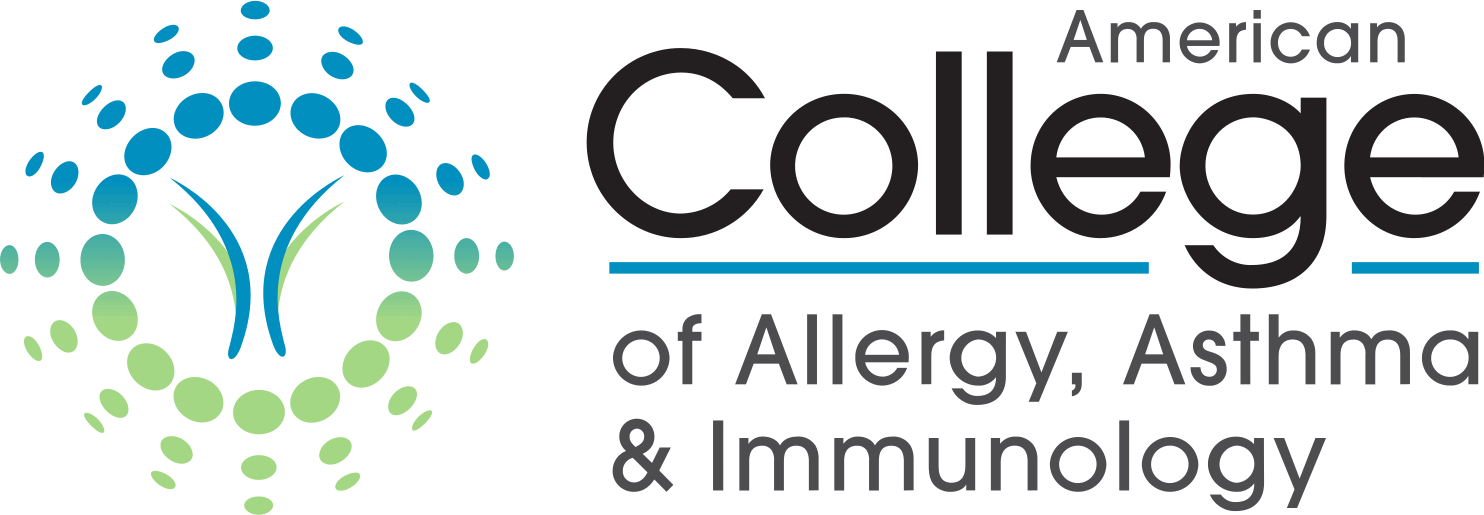Newswise — ARLINGTON HEIGHTS, ILL. (September 17, 2013) – Prepping your yard this fall can give you a head start on spring landscaping, but it can also mean suffering from seasonal allergies seasonal allergies. Ragweed pollen and lingering mold can create double the symptoms for some allergy sufferers.
“The daunting task of yard work can be favorable for allergy sufferers if they know how to reduce allergens in the areas surrounding the home,” said allergist Richard Weber, MD, president of the American College of Allergy, Asthma and Immunology (ACAAI). “Many people think you can only control the environment inside the home, but there are also precautions you can take to help eliminate allergens outside as well.”
While completely avoiding pollen and mold is an impossible feat, the following tips from ACAAI allergists allergists can help you breathe a little easier.
Timing is Everything – The mid-day and afternoon hours might seem like the best time for yard work, but it’s the worst time if you have pollen allergies. Pollen counts are the highest during this time, making early morning and evening hours more suitable. Weather can also play an important role. Rain showers can temporarily clear pollen from the air. Thunderstorms, however, can increase airborne allergens, and the standing water left behind is the perfect breeding ground for mold spores.
Dress to Protect – You don’t need to impress while working in your yard, instead dress wisely. Buy pollen masks and gardening gloves at your local hardware store. These will help keep your hands clean and allergens from entering your airways. Wearing large sunglasses will keep pollen and mold from aggravating your eyes. A hat will reduce pollen from sticking to your hair. Also opt for long pants and shirts to prevent skin irritation, while keeping allergy-causing stinging insects away.
Choose Wisely – The worst allergy offenders might be in your own yard. If you are considering adding new trees, grasses and plants into your landscape, be sure they aren’t the worst offenders. While everyone’s allergies are different, these are typically safe: • Treeso Appleo Dogwoodo Pearo Plumo Begonia flower
• Plants and Flowerso Daffodilo Lilaco Magnoliao Roseo Sunflower
Be Quick to Clean – Mold and pollen can collect on fallen leaves. Be sure to rake leaves often and wear a pollen mask while doing so, since raking can stir allergens into the air. Continue mowing your lawn throughout the fall and keep your grass short. Maintaining your lawn will keep grass from flowering and producing pollen. If raking and mowing are too bothersome, ask a family member to do it for you. Once you are finished with yard work, remove your shoes before entering your home and be sure to shower right away. Your shoes, clothing and hair can all be allergen magnets.
Taking allergy medication long before you head into the great outdoors can help suppress allergy symptoms. ACAAI allergists recommend taking your medication two weeks before symptoms start, and continue well after the first frost. For those with severe seasonal allergies, an allergist may prescribe immunotherapy, also known as allergy shots, which provide great relief.
Still having a hard time getting your sniffling and sneezing under control? Track your symptoms with MyNasalAllergyJournal.org and share these details with your board-certified allergist.
About ACAAIThe ACAAI is a professional medical organization of more than 5,700 allergists-immunologists and allied health professionals, headquartered in Arlington Heights, Ill. The College fosters a culture of collaboration and congeniality in which its members work together and with others toward the common goals of patient care, education, advocacy and research. ACAAI allergists are board-certified physicians trained to diagnose allergies and asthma, administer immunotherapy, and provide patients with the best treatment outcomes. For more information and to find relief, visit AllergyandAsthmaRelief.org . Join us on Facebook, Pinterest and Twitter.
# # #
